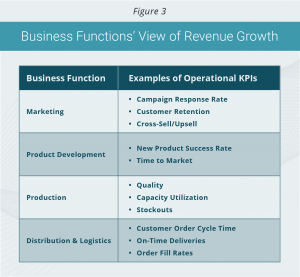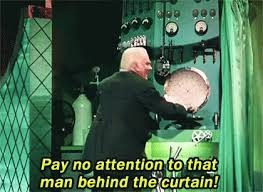— October 25, 2018
We examined the relationship between the Client and the Marketing Agency in the latest edition of the B2B Barometer in our previous post. We also examined the relationship between Client and Research Agency in the inaugural British Research Barometer (BRB) study, and we found similar parallels. Research agencies want more contact with the stakeholders and “be more involved with the business decisions post-study” (they rated Clients 5 out of 10 on this attribute). Clients want clear storytelling and to better streamline insight sharing. However, they gave Research Agencies relatively modest scores for “uncovering real, actionable insights” and “stakeholder engagement” (7.5 for both).
How do we reconcile?
The delivery of “actionable insights” is the goal of any research project. Otherwise, what is the point in spending money and time tapping the market for information? One thing is for certain, business decisions will be made, with or without valuable market insight (even making no decision is a decision). Therefore, the value of the research is the degree to which it influences those decisions. However, the research design and subsequent deliverables are seriously handicapped without knowing what “actions” are at stake. The Client decision process needs to be made crystal clear up-front. By the same token, the Agency needs to demonstrate an appreciation of that process with a proposal that addresses those business objectives.
It begins with the brief…
Similar to the findings of the B2B Barometer, the “brief” (and subsequent proposal) is the cornerstone of the Client/Agency engagement. The Client may have spent weeks/months formulating this brief as well as securing the budget for the project. In some cases, the Client has consulted with the market in developing the brief. In many cases, the brief may represent the initial contact between both parties. In either case, there are a few essential elements that should not be overlooked.
- Background/Business Model: Unless it is painfully obvious, the brief should contain a summary of the Client’s business model. What is the Client’s mission and strategy in the market? Who are their customers? How are they served? What are the current market conditions? And so on. Whilst the Agency may not have direct experience in your industry, it may have experience supporting similar business models.
- What’s at Stake? The Client is ready to make decisions…to spend money…invest in a campaign…open a new market…hire more people…etc. What needs to be decided upon and when? What factors will influence that decision? How much is riding on the research results? What is the magnitude of the decision in terms of time, money or manpower? This last point is important to provide guidance to the Agency in terms of scope and design. This is the point where the Agency asks, “what is the budget?” to which the Client replies “we are awaiting feedback from the agencies.” That’s a fair cop, but at the very least the Agency needs to understand what is at stake and how critical a role the research plays in this decision. There is no point in being coy with that information. Agencies do not want to over-engineer a research design for a small campaign and visa-versa. Do the stakeholders need a “burning bush” to support a critical decision? Or does this study simply need to confirm a commonly accepted assumption and is looking for a sanity check?
- Who’s at Stake? Odds are that the lead person for the brief is not the ultimate stakeholder. Therefore, it is important to understand who ultimately “owns” the study and how do they plan to use the results. For example, a marketing manager may be the primary contact for a market forecast brief, but the VP Operations may be the ultimate owner making decisions on capacity planning. The research team should know to whom the results need to be communicated and how.
With this essential information, the Agency should be inspired to provide a creative, comprehensive, yet cost-effective proposal with the end-goal in mind.
…and it continues with the opening workshop(s)
Every project has a kick-off meeting with introductions, confirmation of scope and timing, sampling the company coffee, etc. But this session should go well beyond a mere formality to launch the project. This meeting should be a true working session where a significant portion of the “actionable results” are framed and incorporated into the design and delivery. It is imperative that the stakeholders participate in this session to expand upon their decision process and communicate their expectations of the study. This is also a golden opportunity for the study team to engage with the stakeholders, to challenge their assumptions, to develop hypotheses, and to determine thresholds for decision criteria. In essence, we are starting at the end with hypothetical results and working backward to finalize the design and measurements. Since the decision makers are vested in the final design, the study results should be highly actionable.
Naturally, the Client and stakeholders should be engaged throughout the study, to be aware of any unforeseen discoveries and possible redirection in the final analysis. But much of the possible disconnect between what was expected and what is being delivered can be mitigated during the brief/proposal process and initial workshops.
Business & Finance Articles on Business 2 Community
(34)
Report Post




